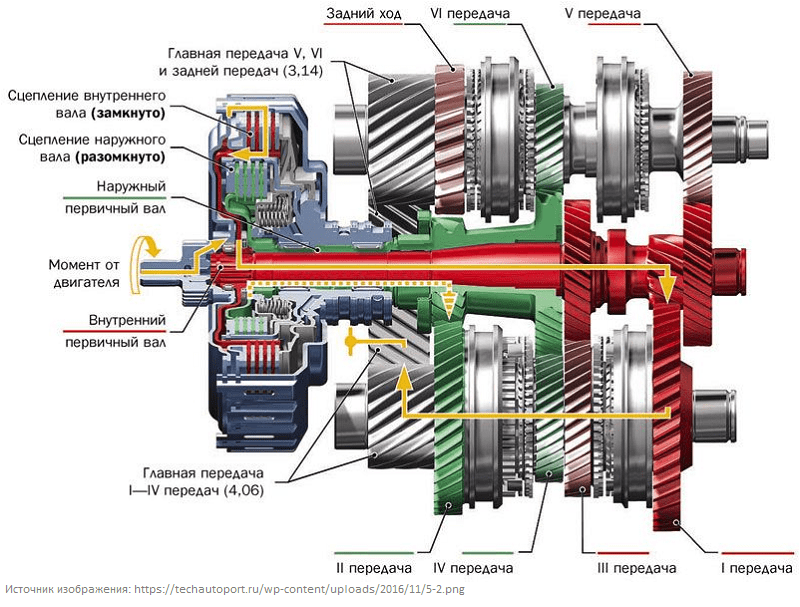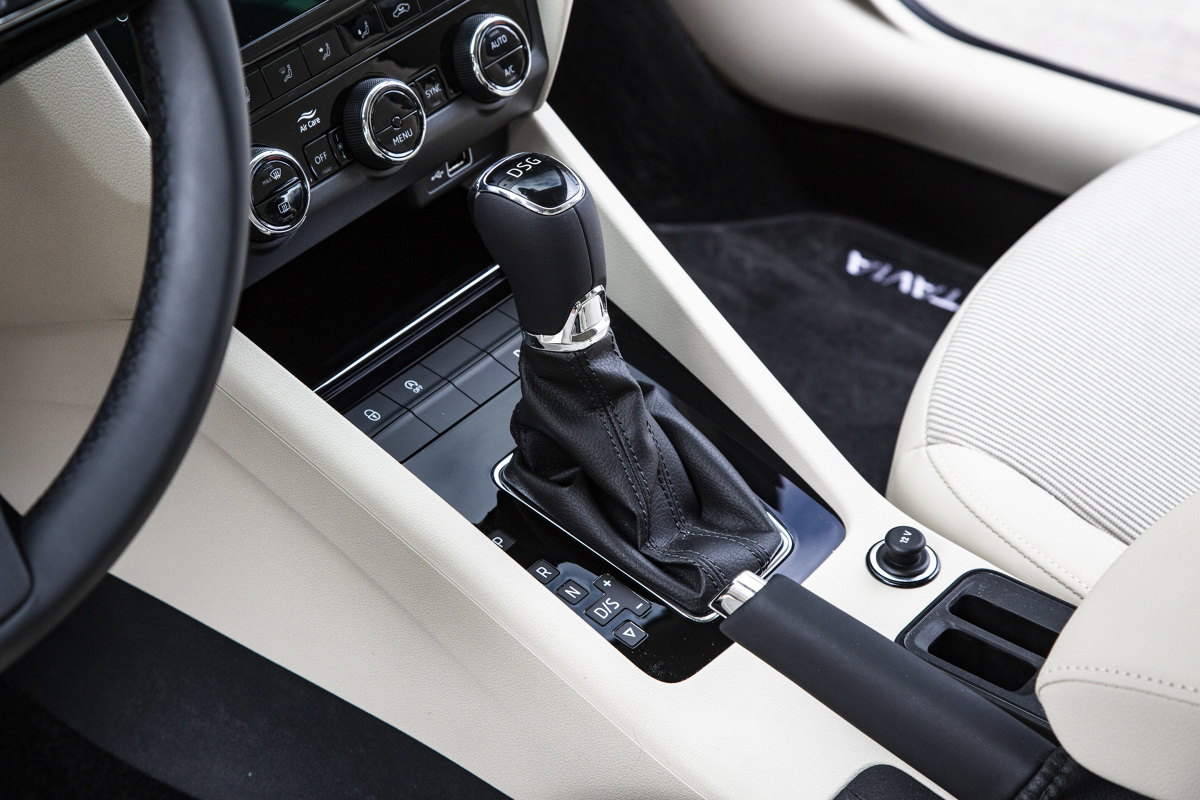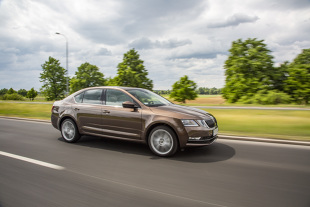
Manual or automatic DSG transmission? Which to choose?
 When choosing a car, the buyer pays attention mainly to the engine. But the gearbox is also an important issue, because it decides how the engine's power will be used, including fuel consumption.
When choosing a car, the buyer pays attention mainly to the engine. But the gearbox is also an important issue, because it decides how the engine's power will be used, including fuel consumption.
Gearboxes are usually of two types: manual and automatic. The former are the most common and widely known to drivers. The latter are of several types, depending on the design used. Therefore, there are hydraulic, continuously variable and dual-clutch gearboxes that have been making a special career for several years now. Such a gearbox first appeared on the market at the beginning of this century in Volkswagen cars. This is a DSG (Direct Shift Gearbox) gearbox. Currently, such boxes are already in all cars of the concern's brands, including Skoda.
 The dual clutch transmission is a combination of manual and automatic transmission. The gearbox can operate in fully automatic mode, as well as with the function of manual gear shifting. Its most important design feature is two clutches, i.e. clutch discs, which can be dry (weaker engines) or wet, running in an oil bath (more powerful engines). One clutch controls odd and reverse gears, the other clutch controls even gears.
The dual clutch transmission is a combination of manual and automatic transmission. The gearbox can operate in fully automatic mode, as well as with the function of manual gear shifting. Its most important design feature is two clutches, i.e. clutch discs, which can be dry (weaker engines) or wet, running in an oil bath (more powerful engines). One clutch controls odd and reverse gears, the other clutch controls even gears.
There are two more clutch shafts and two main shafts. Thus, the next higher gear is always ready for immediate activation. For example, the vehicle is in third gear, but fourth gear is already selected but not yet active. When the correct torque is reached, the odd-numbered clutch responsible for engaging third gear opens and the even-numbered clutch closes to engage fourth gear. This allows the wheels of the drive axle to constantly receive torque from the engine. And that is why the car accelerates very well. In addition, the engine operates in the optimum torque range. In addition, there is another advantage - fuel consumption is in many cases lower than in the case of a manual transmission.
Let's check out the Skoda Octavia with the popular 1.4 petrol engine with 150 hp. When this engine is equipped with a mechanical six-speed gearbox, the average fuel consumption is 5,3 liters of gasoline per 100 km. With the seven-speed DSG transmission, the average fuel consumption is 5 liters. More importantly, the engine with this transmission also consumes less fuel in the city. In the case of Octavia 1.4 150 hp it is 6,1 liters per 100 km against 6,7 liters for manual transmission.
Similar differences are found in diesel engines. For example, Skoda Karoq 1.6 TDI 115 hp. with a six-speed manual transmission consumes an average of 4,6 liters of diesel per 100 hp. (in the city 5 l), and with a seven-speed DSG transmission, the average fuel consumption is lower by 0,2 l (in the city by 0,4 l).
The undoubted advantage of DSG transmissions is the comfort for the driver, who does not have to change gears manually. The advantage of these transmissions is also additional modes of operation, incl. sport mode, which makes it possible to quickly reach the maximum torque from the engine during acceleration.
Therefore, it seems that a car with a DSG transmission should be chosen by a driver who drives many kilometers in city traffic. Such a transmission does not contribute to an increase in fuel consumption, and at the same time it is convenient when driving in traffic jams.
